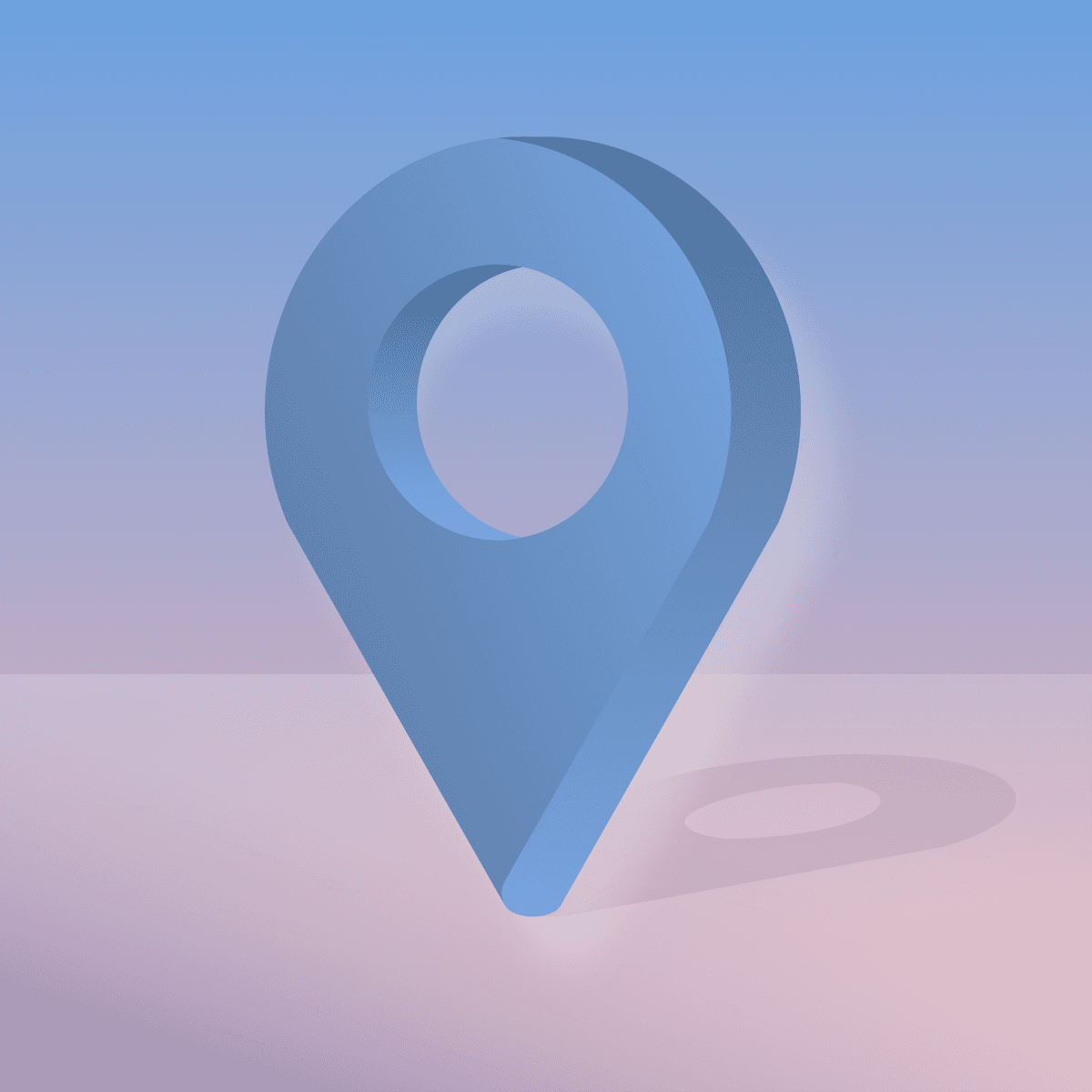Driving Brilliant Customer Engagement for QSRs Through the Power of Location-Based Technology
Published on July 29, 2022/Last edited on July 29, 2022/5 min read


Magith Noohukhan
Product Evangelist, BrazeIn today's digital-first world, most of us use technology every day—whether that's to do our shopping, book a flight, listen to music, watch a movie, or even get a meal. And as a result of the era of digital reset ushered in by the pandemic, consumer expectations around what those digital experiences should look like and how brands should use technology to deliver and optimize them have never been higher. That's particularly true when it comes to industries like quick-service restaurants (QSRs), where getting your food or a table at the click of a button is now the standard.
To dig into how restaurants can keep up with these expectations and successfully serve up the experiences that their customers desire, I sat down with Nick Patrick, Cofounder and CEO of leading location technology platform Radar for an in-depth conversation. Here’s what we talked about:
Gathering User Preferences and Feedback
The first step toward creating brilliant experiences for any industry is ensuring that you understand your customers and what they're looking for from a brand in your space. One powerful way to do that is by leveraging polls, quizzes, preference centers, forms, surveys, and more to gather zero-party data—that is, information shared voluntarily by members of your audience. For QSR brands, gathering this kind of data on their customers' needs and wants can be a powerful step in the right direction, making it possible to better engage their audience with relevant menu offerings and create awareness about key ingredients and their sources.
Plus, this approach can help ensure the flexibility and relevance of your outreach; after all, dietary preferences can change over time, so asking your consumers for regular feedback makes it easier to avoid sending irrelevant or annoying messages—for instance, offering up a discount on a chicken sandwich to a vegan customer. This is vital because according to a recent McKinsey survey, 25% of consumers say they have made changes to their diet over the past three years to align with their priorities around wellness and sustainability.
Powering Exceptional Ordering and Post-Purchase Journeys
Seamless food delivery and pickup experiences became the norm during the pandemic and there's no going back. But while consumers came to expect responsive updates keeping them informed about the status of every order, many QSR brands are behind the curve when it comes to the technology, data, and strategy needed to make this vision a reality. Falling behind in this area can be a major competitive disadvantage, leading consumers to turn to third-party aggregators like the food delivery brands that are capable of keeping users informed and engaged throughout the ordering process. This can reduce QSR brands' margins and cut into customer loyalty, potentially weakening their business over the long haul.
So what can restaurant brands do to ensure that their customers order directly from them, rather than taking advantage of a third-party service? There are a number of strategies, but they all require the company in question to leverage their understanding of their customers' needs and wants to provide relevant, timely experiences—that means having a grasp of what a specific customer is likely to order, providing them with personalized recommendations that meet their interests and dietary preferences, and communicating with them throughout the ordering and post-purchase journey at key stages. By ensuring that you're connecting with customers at critical moments throughout their ordering experience via location detection and real-time personalized engagement, you can showcase the special value that your brand can bring to the customer relationship, driving true loyalty.
Real-Time Engagement And Location-Based Marketing
As you make your plans to communicate effectively with your audience, it's important not to lose sight of a key question—namely, what do your consumers actually expect? Speaking for myself, I've come to expect that the restaurants I order from will let me know when my order is being prepared, when the driver arrives and leaves the restaurant, and when they reach my home to deliver the food. On the flip side, when I'm doing pickup, I expect the restaurant to understand where I am in relation to the location I'm picking up from and when I'm likely to be at the restaurant in question, given potential complications with traffic or public transit.
That may feel like something of a tall order. But with the location data capabilities offered by Radar and the customer engagement tools built into the Braze platform, brands can seamlessly map their ordering and pickup/delivery experiences in ways that satisfy their end users. Location data can tell brands how far away a given customer is, allowing for more accurate estimates when it comes to pickup or delivery windows, and triggered messages can keep that customer up to speed on how their order is progressing.
Even slow drive-thrus can be optimized with the right technology stack. In circumstances where a large menu is slowing down drive-thru orders, for instance, brands in the space can speed up orders via digital channels by using geofences to target customers when they enter the area around a restaurant and then trigger a message highlighting a curated list of recommended items based on previous orders. Embracing the power of location data and real-time customer engagement makes it possible to provide a swifter, better experience for customers day by day and order by order.
As Nick Patrick says, “Consumer expectations are higher than ever, and leading restaurant brands are beating those expectations with location. Together, Radar and Braze power ‘right place, right time’ messaging and frictionless, personalized experiences that keep customers coming back.”
Final Thoughts
To serve QSR customers in today’s increasingly fast-paced, digital-first landscape, brands need to invest in smart data collection, the right marketing technology stack, and a strategy that puts the customer experience first. Interested in learning more? Check out the Braze/Radar webinar, Driving Revenue and Loyalty Through the Power of Location-Based Technology.
Related Tags
Be Absolutely Engaging.™
Sign up for regular updates from Braze.
Related Content
View the Blog
The new inbox reality: How iOS changes are reshaping email marketing

Aparna Prasad

Experience optimization: Turning data insights into better journeys

Team Braze

December 2025 Bonfire Marketer of the Month: Jagex’s Emma Oliver
